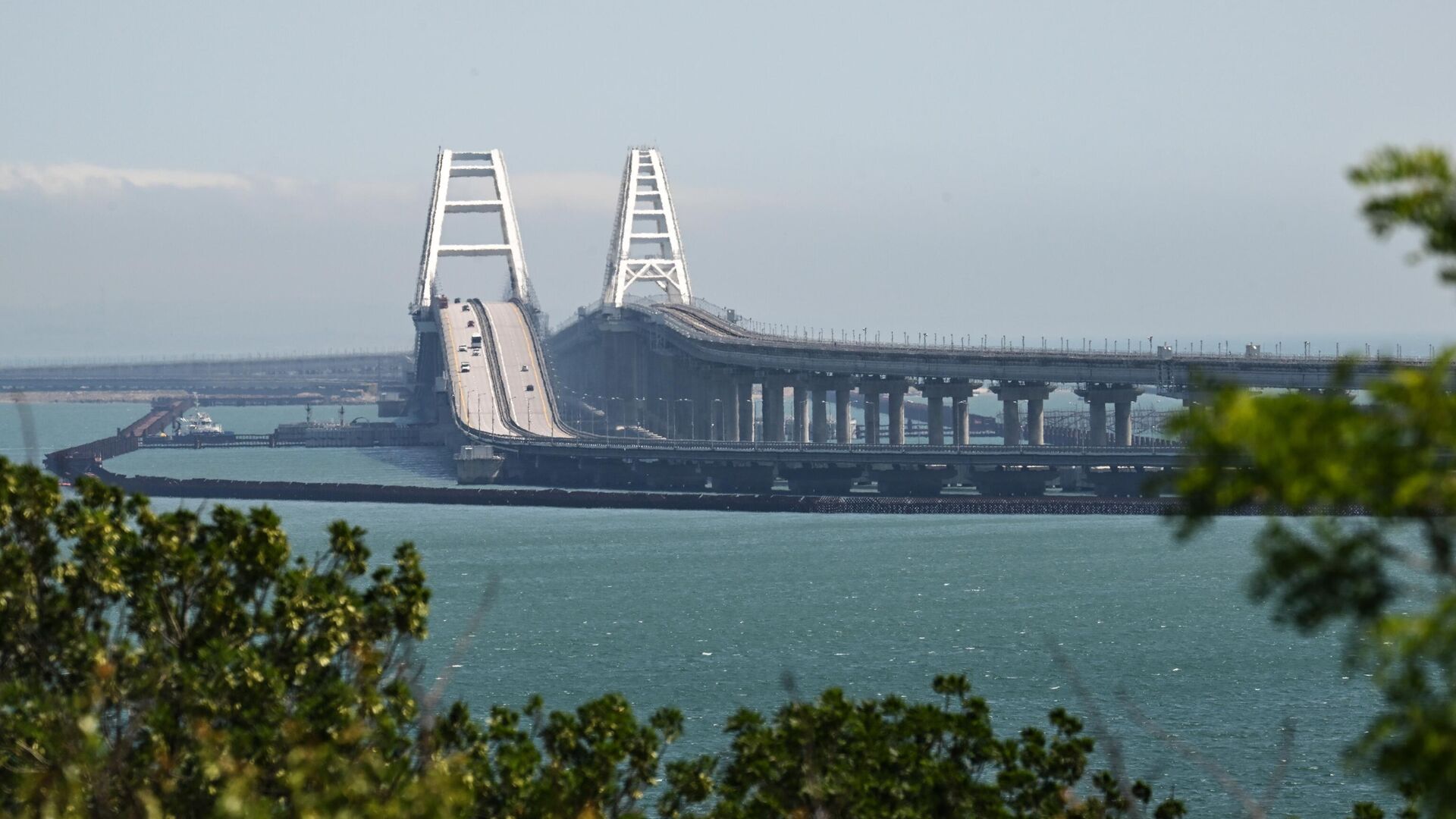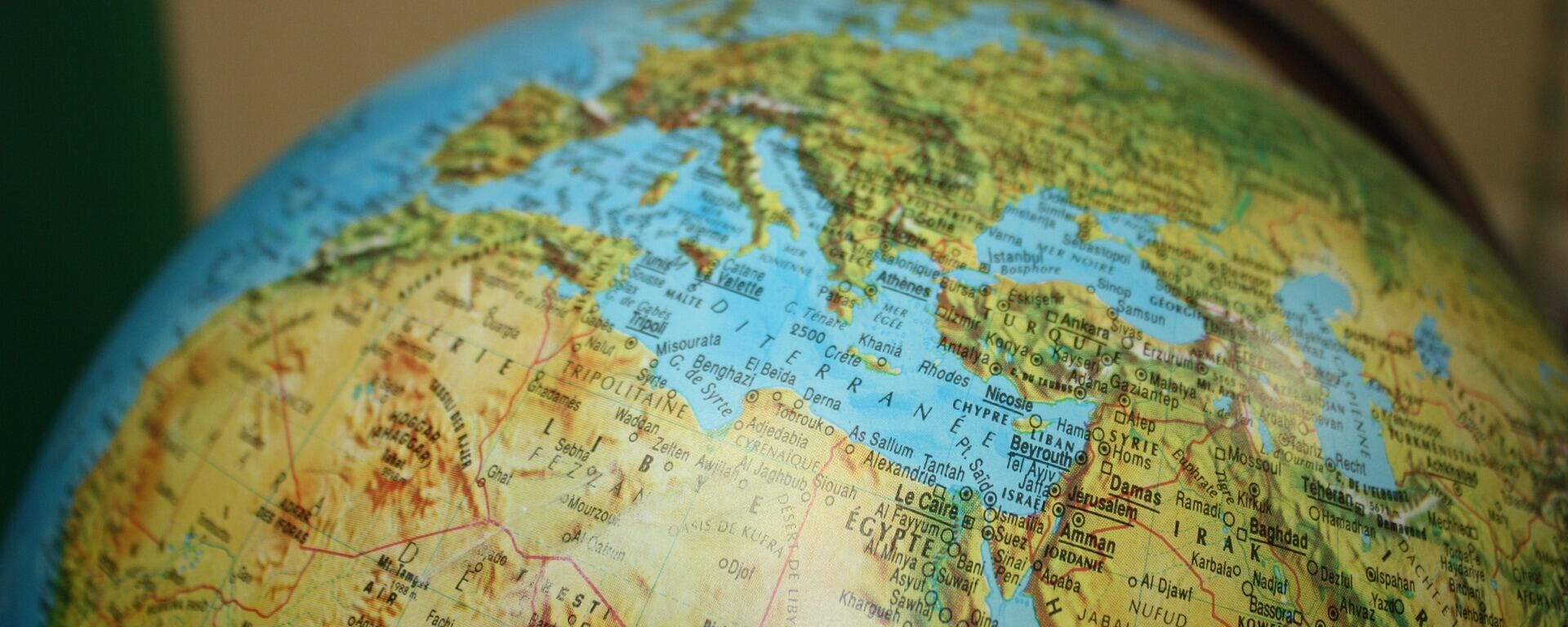https://en.sputniknews.africa/20240506/russias-presidential-inauguration-ceremony-all-you-need-to-know-1066389637.html
Russia's Presidential Inauguration Ceremony: All You Need to Know
Russia's Presidential Inauguration Ceremony: All You Need to Know
Sputnik Africa
Incumbent Russian President Vladimir Putin won the 2024 presidential election with 87.28% of the vote, according to the country's Central Election Commission... 06.05.2024, Sputnik Africa
2024-05-06T18:13+0200
2024-05-06T18:13+0200
2024-05-06T18:13+0200
features
vladimir putin
boris yeltsin
russia
white house
moscow
kremlin
inauguration
international
presidential election
https://cdn1.img.sputniknews.africa/img/07e9/07/18/1075993770_0:0:3072:1728_1920x0_80_0_0_08140f45ae8faf45052eb3e7b66b1f81.jpg
The Grand Palace of the Kremlin is about to host the inauguration of the Russian president, with the meticulously prepared ceremony set to take place on May 7.In accordance with the Russian legislation, the procedure of inauguration of the Russian president takes place after six years from the day when the predecessor took office. In case of re-elections and early elections, the elected president assumes his duties on the thirtieth day after the country's Central Election Commission officially announces the general results of the presidential elections in Russia.The event has been taking place since 1991, when Boris Yeltsin, the first president of the Russian Federation, was inaugurated in Kremlin's Palace of Congresses. The inauguration script was originally developed back then. Since 2000, the inauguration has been held in the ceremonial halls of the Grand Kremlin Palace: St. Andrew's, Alexander's and St. George's halls.The ceremony is attended by members of the government, deputies of the upper and lower houses of Russia's Federal Assembly, the Federation Council and State Duma, heads of the presidential administration, judges of the country's Constitutional Court, the diplomatic corps and others.The CeremonyDuring the inauguration of a newly elected head of state, the symbols of presidential power - the standard and the badge of the President of Russia - are used, as well as a special copy of the Russian Constitution, usually kept in the presidential library, on which the president takes the oath of office.Before entering the Grand Kremlin Palace for the ceremony, the head of state receives a report from the Kremlin Commander. While walking through the anteroom of the palace, the fanfare "Our President" is played by the orchestra. Then, the president-elect is asked by the president of the country's Constitutional Court to take a 33-word oath.After the plaque is handed over, the orchestra plays the Russian national anthem and the flag is hoisted over the residence of the new head of state.After taking the oath of office to the people of Russia, the head of state makes the obligatory brief address to the citizens of the country. At the end of the President's speech, Russian composer Mikhail Glinka's patriotic piece "Slavsya!" ("Glory to You!") is played.Solemn ClosingAn artillery salute of 30 salvos is fired from the Kremlin embankment. This is the maximum number of salutes in the hierarchy of military honors, as the head of state is the supreme commander-in-chief of the Russian armed forces.At the end of the inauguration ceremony, the president descends from the Red Porch of the Palace of the Facets to the Cathedral Square of the Kremlin, where the presidential regiment is paraded.On the occasion of the presidential inauguration, the Patriarch of Moscow and All Russia holds a prayer service in the Kremlin Cathedral of the Annunciation. Traditionally, the president attends the service.Russian presidential elections, which were held on March 15-17, were monitored by more than 700 international observers from 106 countries. Many highlighted high turnout, transparency and high level of technology at the vote.
https://en.sputniknews.africa/20240319/putin-is-someone-who-deserved-to-be-elected-president-of-burundis-national-assembly-says-1065642734.html
https://en.sputniknews.africa/20231214/putin-most-visible-figure-in-world-politics-for-many-years-experts-on-russian-leaders-speech-1064120708.html
russia
white house
moscow
Sputnik Africa
feedback@sputniknews.com
+74956456601
MIA „Rossiya Segodnya“
2024
Rasina Musallimova
https://cdn1.img.sputniknews.africa/img/07e7/0a/17/1063019139_0:0:646:646_100x100_80_0_0_348c74b69cf86748a53875f8148a2f85.jpg
Rasina Musallimova
https://cdn1.img.sputniknews.africa/img/07e7/0a/17/1063019139_0:0:646:646_100x100_80_0_0_348c74b69cf86748a53875f8148a2f85.jpg
News
en_EN
Sputnik Africa
feedback@sputniknews.com
+74956456601
MIA „Rossiya Segodnya“
Sputnik Africa
feedback@sputniknews.com
+74956456601
MIA „Rossiya Segodnya“
Rasina Musallimova
https://cdn1.img.sputniknews.africa/img/07e7/0a/17/1063019139_0:0:646:646_100x100_80_0_0_348c74b69cf86748a53875f8148a2f85.jpg
vladimir putin, boris yeltsin, russia, white house, moscow, kremlin, inauguration, international, presidential election
vladimir putin, boris yeltsin, russia, white house, moscow, kremlin, inauguration, international, presidential election
Russia's Presidential Inauguration Ceremony: All You Need to Know
Incumbent Russian President Vladimir Putin won the 2024 presidential election with 87.28% of the vote, according to the country's Central Election Commission (CEC). On May 7, the inauguration ceremony of the leader will take place.
The Grand Palace of the Kremlin is about to host the inauguration of the
Russian president, with the meticulously prepared ceremony set to take place on May 7.
In accordance with the Russian legislation, the procedure of inauguration of the Russian president takes place after six years from the day when the predecessor took office. In case of re-elections and early elections, the elected president assumes his duties on the thirtieth day after the country's Central Election Commission officially announces the general results of the presidential elections in Russia.
The event has been taking place since 1991, when
Boris Yeltsin, the first president of the Russian Federation, was inaugurated in Kremlin's Palace of Congresses. The inauguration script was originally developed back then. Since 2000, the inauguration has been held in the ceremonial halls of the Grand Kremlin Palace: St. Andrew's, Alexander's and St. George's halls.
The ceremony is attended by members of the government, deputies of the upper and lower houses of Russia's Federal Assembly, the Federation Council and State Duma, heads of the presidential administration, judges of the country's Constitutional Court, the diplomatic corps and others.
During the inauguration of a newly elected head of state, the symbols of presidential power - the standard and the badge of the President of Russia - are used, as well as a special copy of the Russian Constitution, usually kept in the presidential library, on which the president takes the oath of office.
Before entering the Grand Kremlin Palace for the ceremony, the
head of state receives a report from the Kremlin Commander. While walking through the anteroom of the palace, the fanfare "Our President" is played by the orchestra. Then, the president-elect is asked by the president of the country's Constitutional Court to take a 33-word oath.
After the plaque is handed over, the orchestra plays the Russian national anthem and the flag is hoisted over the residence of the new head of state.
After taking the oath of office to the people of Russia, the head of state makes the obligatory brief address to the citizens of the country. At the end of the President's speech, Russian composer Mikhail Glinka's patriotic piece "Slavsya!" ("Glory to You!") is played.
An artillery salute of 30 salvos is fired from the Kremlin embankment. This is the maximum number of salutes in the hierarchy of military honors, as the head of state is the supreme commander-in-chief of the Russian armed forces.
At the end of the inauguration ceremony, the president descends from the Red Porch of the Palace of the Facets to the Cathedral Square of the Kremlin, where the presidential regiment is paraded.
On the occasion of the presidential inauguration, the Patriarch of Moscow and All Russia holds a prayer service in the Kremlin Cathedral of the Annunciation. Traditionally, the president attends the service.
Russian
presidential elections, which were held on March 15-17, were monitored by more than 700 international observers from 106 countries. Many highlighted high turnout, transparency and high level of technology at the vote.




